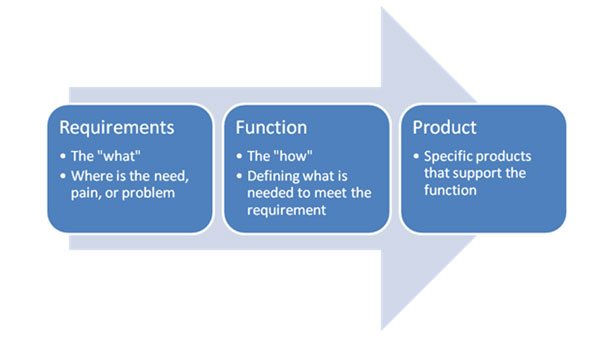Customer Relationship Management is about creating sustainable connections between an organisation and its customers. It evolved in the late 1990s as a way to redefine customer and company relations, mostly with the help of computerised measurement tools.
CRM’s focus on existing or prospective business. It is about getting more from your customers who trust you or your price, and who have the power to recommend you to others. This means that CRM focuses on what you know about what you already have.
The CRM theory includes:
- Recording every customer and company interaction. (Note that this is not just for transactions; rather, it is for every single interaction).
- Development of sophisticated measurement tools to demonstrate consumer preferences.
- Collecting data for a blatant purpose: shrink cost and increase employee productivity.
- A focus on servicing existing customers (retention) rather than recruiting new ones.
CRM is not:
- Part of the sales process (which would look to recruit new customers).
- Part of the relationship between sales and the customer (which often targets every prospect as a potential buyer).
Different Faces of CRM
CRM is not a static entity. In different companies, it takes on a different look and feel, depending on what the company is committed to measuring. In large organizations where there are several products or services offered, it is conceivable that more than one type of measurement is needed.
Operational CRM supports sales, marketing, and service functions. Every interaction with a customer is added to a contact history, and staff can access information from the database so that the customer does not have to describe the same details repeatedly.
Analytical CRM is a tool to analyse customer data. This helps to optimise marketing efforts and design targeted campaigns that involve cross-selling (offering additional products or services that enhance the original purchase, like health insurance for a holiday package), up-selling (McDonald’s famous line, “Would you like fries with that?”), and retention (a company offering an incentive that builds customer loyalty, like “buy two, get one free”). Analytical CRM also considers elements such as customer behaviour when pricing new products, factors that go into deciding which products to develop, and the potential that customers might turn to another supplier.
Collaborative CRM is designed to allow internal departments like sales, support, staff training, and development and marketing, to share information that they have collected during customer interactions with one another. For example, information about new features that customers request or common problems that they report to the technical support centre can be passed to product development. The goal of collaborative CRM is to collect information and improve the quality of customer service.
Requirement Driven Product Selection
Requirement driven product selection is a CRM best practice. This process requires defining the business need (or pain or problem, depending on the issue), deciding which functions are needed to meet the requirements, and then defining the products that support the selection.







